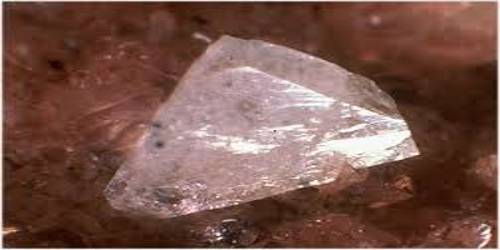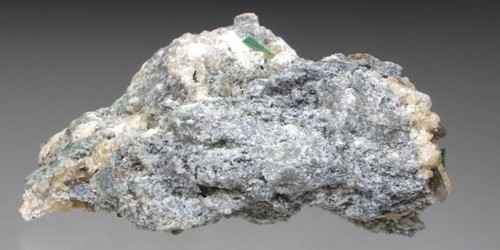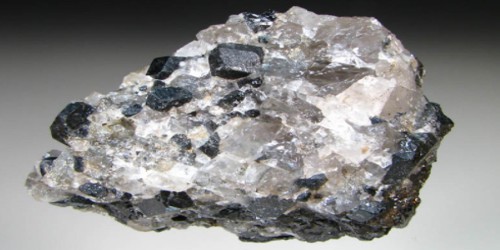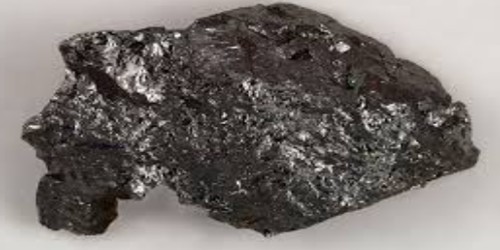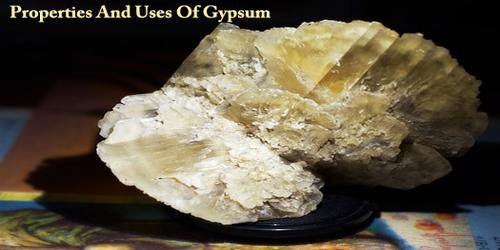Cahnite is a brittle white or colorless mineral that has perfect cleavage and is usually transparent. The chemical formula for cahnite is Ca2B[AsO4](OH)4. It is not radioactive. Cahnite is associated with these other minerals: willemite, rhodonite, pyrochroite, hedyphane, datolite, and baryte.
It usually forms tetragonal-shaped crystals and it has a hardness of 3 Mohs. It was discovered in the year 1921. It was named Cahnite to honor Lazard Cahn (1865–1940), who was a mineral collector and dealer. It is usually found in the Franklin Mine, in Franklin, New Jersey. Until the year 2002, when a sample of cahnite was found in Japan, that was the only known place that cahnite was located.
General Information
- Category: Borate minerals
- Formula: Ca2B[AsO4](OH)4
- Crystal system: Tetragonal
- Crystal class: Disphenoidal (same H-M symbol)
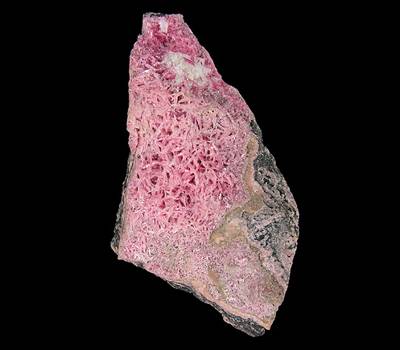
Properties
The geological environment that it occurs in is in pegmatites cutting a changed zinc orebody. It is made up of 26.91% calcium, 3.63% boron, 25.15% arsenic, 1.35% hydrogen, and 42.96% oxygen. It has a molecular weight of 297.91 grams.
- Color: Colorless to white
- Cleavage: Perfect
- Tenacity: Brittle
- Mohs scale hardness: 3
- Luster: Vitreous
- Diaphaneity: Transparent
- Density: 3.156 g/cm3
Occurrences
Cahnite is a rare mineral that occurs at the type locality at Franklin, New Jersey, the USA as a late stage mineral in pegmatites that cut the Franklin stratiform zinc deposit, and at an Italian locality with zeolites in leucitic lava rocks. Additional localities can be found in Namibia, Turkey, Russia, and Japan among only a couple others. Cahnite will fluoresce a pale yellow under both long- and short-wave ultraviolet light.
Information Source:
